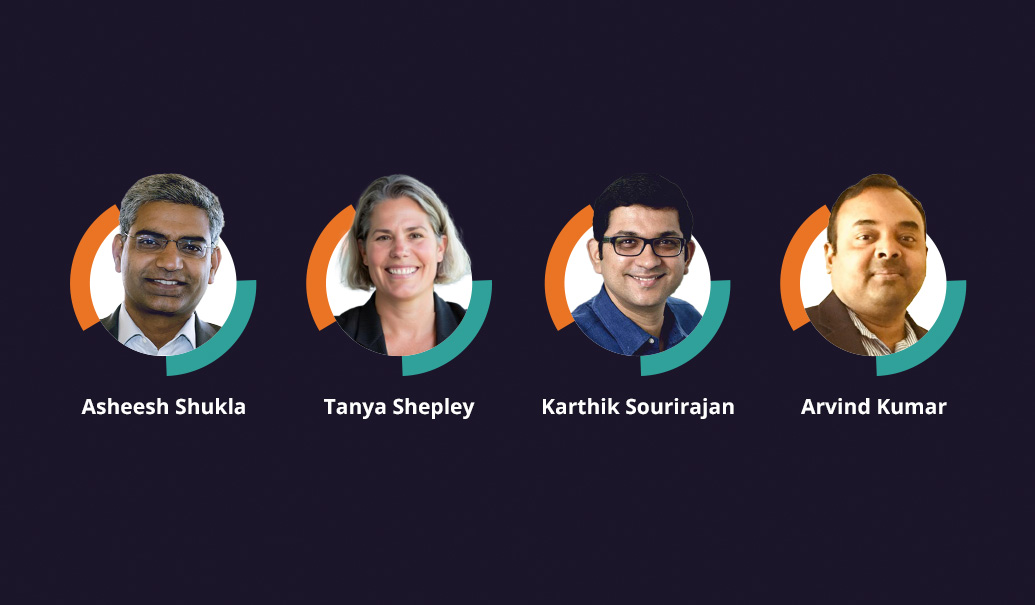Even with the right mix of employees, healthcare organizations often lack sufficient resources, capabilities and customer closeness to fully realize the results promised by cross-functional, self-governing, customer-focused agile marketing teams. To overcome this, push the conventional boundaries of a team by getting the most from your relationships with outside resources such as agencies and consultants and keeping your loyal customers’ perspectives in mind.
Agile project work fluctuates, and in-house team members may not always have the requisite skill set, experience or bandwidth to accommodate it. Similarly, as companies enter pre-launch and launch phases, their needs change, so static organizational and team structures won’t be successful. As many big pharma brands have lost exclusivity, brand teams have reduced in size and brand marketing teams are rotating, so advertising and digital agencies, brand and management consultancies, tech partners and training teams are increasingly used on an on-call basis to fill the gaps.
Here are the best practices for integrating outside resources into agile marketing teams:
- Teach your company’s culture: The vendor mindset needs to be one of collaboration and fluidity versus order-taking and hand-offs. Onboard vendors to ensure they understand your culture, market context, customer stories and your company’s agile model.
- Use contracts: Move from strict, fixed-fee proposals to more milestone-driven contracts. It’s also better to hire outside agencies full time, as they’re typically more committed and available for sprint cycles.
- Co-locate: Outside team members, or at least the lead, should work in the same war room as the agile team during the project, or at least during sprint cycles.
- Share technology and tools: Give vendors access to internal tools and technologies, at least those used by the agile team.
Continuously keeping your loyal customers’ perspectives in mind is another key to agile team success. The best agile marketers consider the customer as part of the team. Real-time customer feedback enhances loyalty and gives customers line of sight into your company trajectory. It also helps determine where to invest marketing and support dollars for HCPs and patients. You can do this by developing relationships with patient organizations through patient engagement liaisons and an HCP advisory board that shapes the target patient profile for products and identifies the resources needed to serve patients, particularly in underserved areas. Many ZS clients have hosted hackathons where internal teams or external partners solve a specific customer problem, often inviting customers to serve as judges. Similarly, ZS helped a pharmaceuticals manufacturer gather direct customer feedback through mixed-method market research with osteoporosis patients, meeting patients in different sports settings (on the golf course, in the weight room) and gathering insights through observation, simulation, golf cart “ride-alongs” and informal interviews.
Digital channels are arguably the cheapest, most efficient way to get regular, real-time customer feedback. Unbranded websites and Google Ads are simple but effective ways of understanding how customers are talking about their challenges and searching for information.
Due to regulatory restrictions and Sunshine Act limitations, marketers often assume that opportunities for direct customer interaction are limited. However, broadly speaking, companies can interact with potential customers as long as the interaction is not promotional, but rather helps the sponsor better understand their customer. Once you confirm the intent truly is research, not promotional or selling, follow local laws, including GDPR in the EU or fair market value honoraria caps, and conduct legal/compliance check-ins to deliver the research in a compliant way.
Also, make sure your company has connections and established protocols to shift from traditional market research such as survey and formal interviews to the collaborative, co-creative and immersive approaches cited above. Have each stakeholder group address potential biases at the project kick-off and before each major customer co-creation session. To avoid sample size bias, consider multiple data points and quantify emotionally charged insights.
By thinking about extended teams, healthcare organizations will improve the overall mind and skill sets of their agile teams and thus better position themselves to provide the best customer experience.














